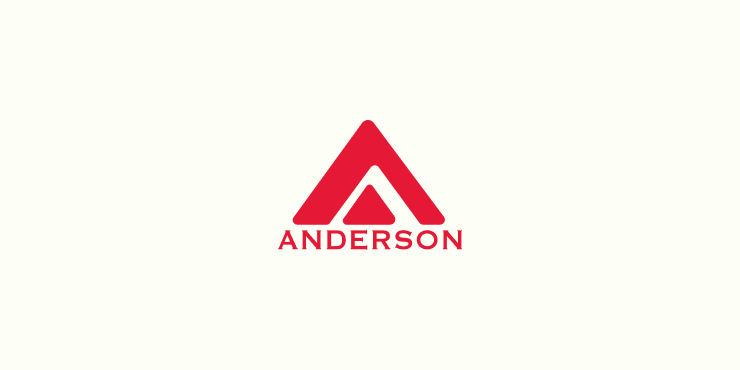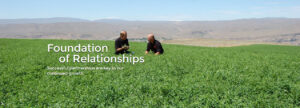Selenium-Fertilized Alfalfa Hay Improves Selenium Status and Growth of Beef Calves
Cattle must consume diets that contain adequate amounts of selenium (Se), an essential micronutrient. Proper Selenium intake is required to prevent Se-responsive diseases. Unfortunately, many soils around the world are Se-deficient. Selenium concentrations in soils of the Pacific Northwest (Washington, Idaho, and Oregon) are generally deficient (see map on the U.S. Geological Survey website). Soil selenium content is affected by soil conditions, such as low pH and high concentrations of phosphorus and sulfur from fertilization. Selenium may also leach from the soil in areas of high rainfall or irrigation.

Since soil is the major source of Selenium for plants, livestock that graze or are fed crops that are grown on Se-deficient soils eventually become Se-deficient themselves. Fortunately, selenium concentrations in crops can be increased by application of fertilizer that contains Se.
Scientists from Oregon State University applied fertilizer that contained differing levels of selenium to the soil surface of an alfalfa field. Second and third cutting alfalfa hay had increased Selenium that was dependent on application rate compared to the alfalfa hay harvested from a field that was not treated with selenium.
The time between weaning and placement in a feedlot is one of the most stressful times in the lives of beef calves. Because of the increased stress and movement into a new environment, the calves’ immune systems are in overdrive.
A preconditioning program is therefore recommended to prepare calves to enter a feedlot. During the several weeks in a preconditioning program, calves are vaccinated and transitioned to dry feeds. The health and vaccination program is designed to increase resistance to respiratory diseases, reduce sickness, lower death losses, decrease the number of calves pulled to sick pens, and improve weight gain and feed efficiency when calves arrive at the feedlot.
Selenium is important in many aspects of proper immune function, so it is conceivable that selenium requirements are higher during periods of stress. Therefore, the Oregon State scientists fed Se-fertilized alfalfa hay and a concentrate to weaned calves during the preconditioning period in the hopes of increasing blood selenium status and growth rate. Fortunately, they found that blood selenium responded positively to Se-fortified alfalfa hay and continued to increase during the 7-week preconditioning period. All calves remained in good health throughout the study. In addition, Se-fertilized alfalfa hay was effective at increasing body weight gain in weaned beef calves. In fact, weight gain was dependent on Se-fertilization rate – weight gains were higher when Se-fertilization rates were higher.
In conclusion, health status of calves was maintained by feeding Se-fertilized alfalfa hay during the preconditioning period after weaning. The use of Se-fertilized hay in Se-deficient environments increased blood selenium concentrations and optimized growth in beef calves.
To receive this blog from Anderson Hay directly in your email, subscribe above on the right.
Reference
Hall, J.A., G. Bobe, J.K. Hunter, W.R. Vorachek, W.C. Stewart, J.A. Vanegas, C.T. Estill, W.D. Mosher, G.J. Pirelli, 2013. Effect of feed selenium-fertilized alfalfa hay on performance of weaned beef calves. PLoS ONE 8:e58188.


